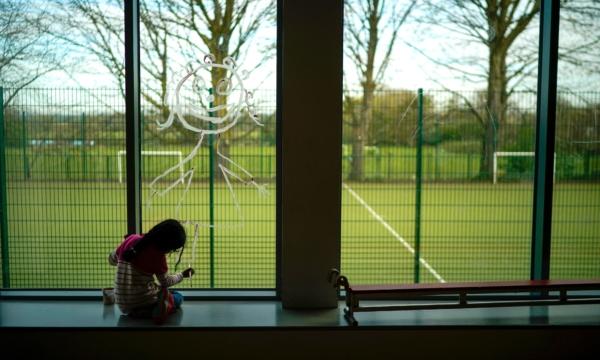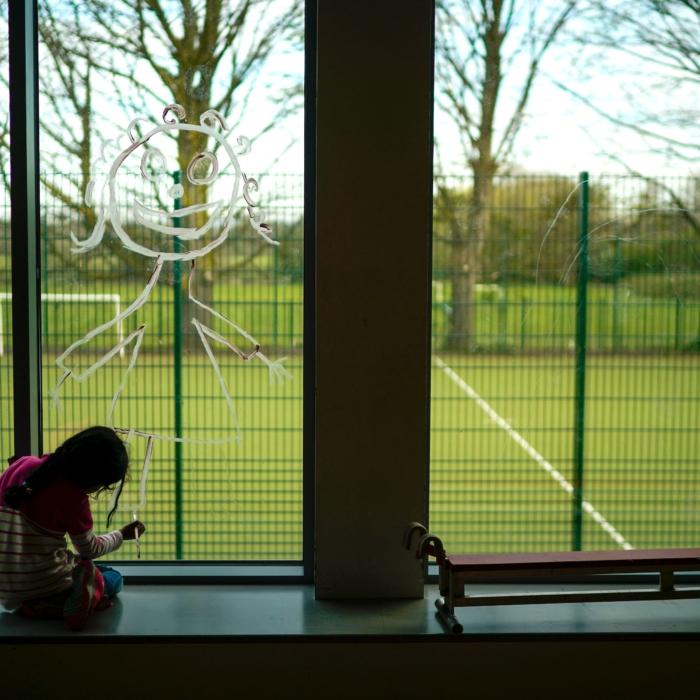The education secretary has criticised parents for letting children miss school, noting a rise in Friday absences.
“We are very clear: it is unacceptable to take a deliberate decision to take your child out of school,” Ms. Keegan wrote, adding that it matters because “every day a child is absent means they will miss on average five to six lessons — time they will never get back.”
Analysis by The Epoch Times of overall school absences in England from the week beginning Sept. 11, 2023 to April 19, 2024, found that Fridays had the highest absence rate at 7.8 percent, with Monday absences in second, at 7.1 percent. Wednesdays had the lowest absence rate at 6.6 percent.
Lockdowns
Ms. Keegan is not the first leading figure in education to suggest a link between work-from-home parents and Friday school absences.In March of last year, Dame Rachel de Souza, the children’s commissioner for England, told the Education Committee that several school multi-academy trusts gave her data on school absences before and after lockdown and said she saw a “huge amount of Friday absence that was not there before.”
“Parents are at home on Fridays. We have heard evidence from kids, ‘Well, mum and dad are at home, so we stay at home,’” Dame Rachel told MPs.
In her opinion piece in The Times of London, Ms. Keegan acknowledged the impact that the COVID-19 lockdown—which brought with it both home working and online schooling—had had on current attendance rates.
“We know the COVID pandemic has had a major impact on school attendance all around the world. In England, we had reduced absence rates from 6 per cent in 2009 to 4.7 per cent in 2019, but the pandemic has completely changed this picture — with the 2021 absence rate rising to 7.6 per cent,” she wrote.
The number of “persistently absent” pupils—where children miss 10 percent or more of school sessions—was 21.2 percent, nearly double the pre-pandemic rate of 10.9 percent in 2018/19.
Mental Health
The National Association of Head Teachers (NAHT) challenged Ms. Keegan’s implication that parents were allowing children time off school “on a whim,” and suggested that other factors had contributed to the absences including mental ill-health.NAHT General-Secretary Paul Whiteman said in a statement on the union’s website: “The issues we are seeing are the result of not just the pandemic, but a decade of government austerity in which support for families has effectively been rationed.
“Children are not getting the help they need with challenges in their lives - from poverty and mental ill-health, to insecure housing and special educational needs – and this affects school attendance. We should be particularly concerned about those pupils who are frequently and persistently absent from school.”
Mr. Whiteman called for more government investment, particularly in community services “like children’s mental health and social care” as well as for education welfare officers.

Dame Rachel warned there was a “growing group of children who are struggling with their mental health,” which she put down to several factors, including having spent their formative years during the COVID-19 pandemic and the cost of living crisis.
Ms. Sergeant said one school counsellor had found absences fall into one of two categories: those that are “just too anxious to leave their room,” and those that are “so angry and aggressive they’re out on the street, they’re joining gangs, and they’ve just dropped out completely.”







